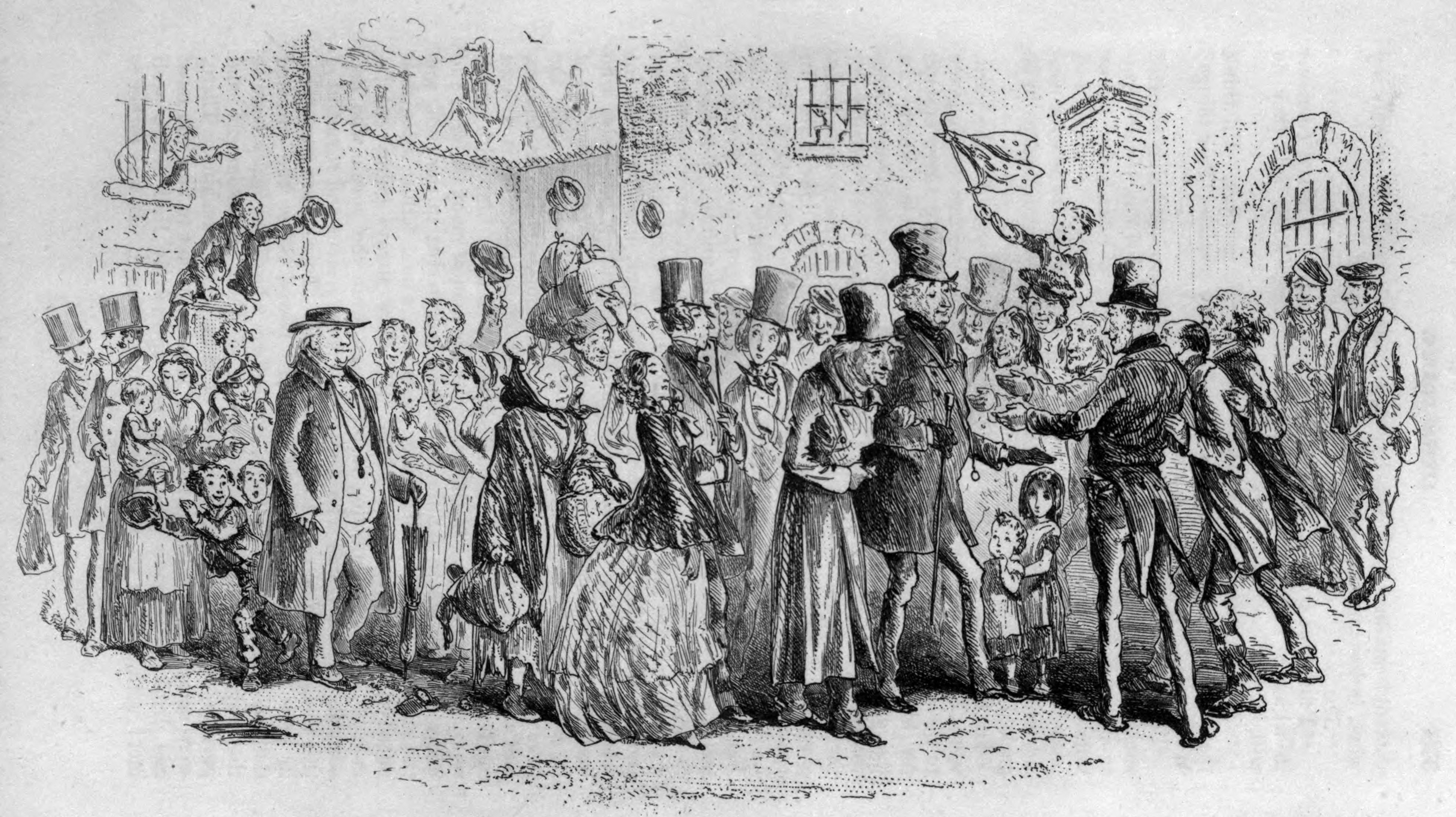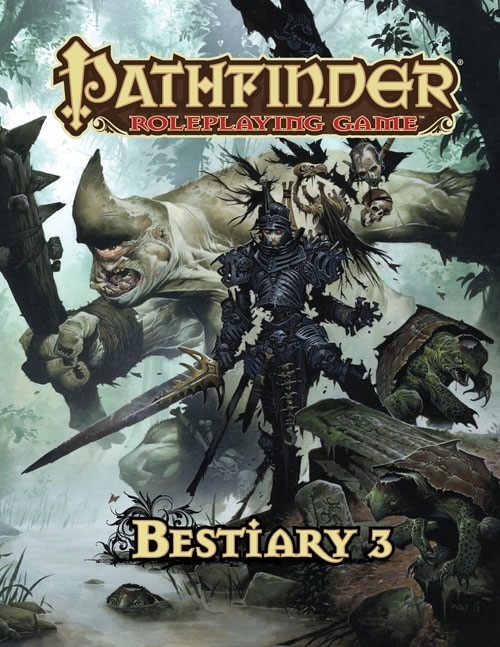 |
| Flimsy Excuse for Kate B. Picture, Accepted |
One of the things that struck me as I read
The Maze of Peril was Holmes' regularly referring to the realms of underground dungeons that are the destination for his adventuring characters as
the Underworld -- complete with capitalization and definite article. This fits with the terminology of
Dungeons & Dragons, edited by Eric Holmes, 1977-79, where he uses the term, though uncapitalized. I haven't counted, but I believe that he actually prefers "the Underworld" to the term, "dungeon" in the novella. I am curious if his adoption of the term simply reflects passages is his source materials (
Men & Magic,
Monsters & Treasure,
The* Underworld & Wilderness Adventures,
Greyhawk,
Blackmoor, and
Eldritch Wizardry), or if it occurs at a statistically higher rate. If the latter is the case, and if this usage tracked with his usage in other writings, we would reasonably conclude that the preference in usage here is deliberate, and that in works where he reflects his own judgments rather than summarizing those of others, he prefers to the more game-bound term, dungeon, the traditional term that evokes mythic works and themes. But to what extent and with what confidence we could assert that Holmes preferred the Underworld to the dungeon, and whether it seemed to be more a matter of his continuing the earlier verbal practices of D&D (pre-AD&D) or more a reflection of his conception of the presumed setting of D&D adventures, could only be asserted through more careful investigation.
I am, of course, not making any claims to any originality in my discovery that Holmes likes to call to our minds the Underworld. I am, rather like Chesterton, the yachtsman who went off on a voyage, only to land on a shore where was raised a fantastic fane. Raising my flag of discovery on what is so obviously a foreign shore, I learn that I am merely in Brighton. Maybe everyone is tired of me fanning on Zenopus, but I'm not done: Note the subtitle of his Archives is
Exploring the Underworld of Holmes Basic Dungeons & Dragons, playing on his usage and the other meaning of "underworld." (When you are not reading Zenopus or Holmes, feel free to take a break with Chesterton's
Orthodoxy, which you can read online for free if you don't want to get out to the library. This isn't the first time I've had occasion to point it out.)
The Implication
With my predilections, which I assume are pretty clearly on display in the name of the blog as well as in various posts, I resonate to Holmes' continually referring to the Underworld. In the novella, the party of Zereth, Boinger**, Murray, and their various allies and hirelings initially enter the Underworld because it is the legendary treasure house of ancient riches and magic (
cf. "The party then enters the underworld, tries to capture the maximum treasure with the minimal risk and escape alive," p.41 in the rulebook.) They return due to complications of their first visit, which leaves them with unfinished business: including not only personal business, but the classic trope of a threat to the surface world uncovered through their adventuring. But broadly this fits the pattern of characters going to the Underworld because that is where the treasures are. In the novella, the treasures end up being more varied than the gold and magic that is initially the object of the venturing.
The Paradox
As D&D's identification of the planes evolved, multiple Underworlds took shape: Hell, the Abyss, the Underdark, and so forth. These Underworlds might have little or nothing to do with a dungeon, depending on the location. This is so much the case that a child of Moldvay+AD&D such as myself, familiar with a good deal of D&D that is post my formative experiences, had to be have someone actually draw my attention to the dungeon-Underworld connection. (As I have previously indicated, the pieces by Philotomy, found
here and
here.) In retrospect, it seems incredible that someone had to suggest this to me, and that it was not something simply and consciously apparent. That someone who's academic field is not unrelated to mythology had to have this pointed out to them, is indicative to me of how disconnected what I take to be a relatively unexceptional D&D experience became from the stories of Persephone, Orpheus, Odysseos, and Aeneas.
Underworld as Antithesis
Though the party of adventuring characters is made (at various points) of the diverse races of human, halfling, dwarf, and elf, the Underworld is not the home of any of these races. This point is driven home by the fact that one of the main characters, Zereth, is a dark elf. Unlike the Gygaxian dark elves (=drow), Zereth is not an inhabitant of the Underworld (or what Gygax named the Underdark). Apparently what constitutes a dark elf for Holmes is not moral darkness concomitant with a cosmological unnaturality that has a magical expression in an unnatural skin color (like obsidian,
not a mundane dark skin tone like we associate with Africans) that belongs in the Underworld, but merely mundane skin color. (This reminds me of Peter Griffin in the Family Guy episode who, upon being told he cannot play a paladin and use a helm of disintegration responds, "Oh. Then I'm a black guuuuy...") Again, the point is the otherworldliness of the realm of adventure, over against the home of the heroes who, despite all their diversity, belong together as members of the same world, not with the monsters of the Underworld.
The Takeaway
Reading Holmes has reaffirmed and encouraged my decision to always think about any specific dungeon in terms of its relation to the Underworld. Even if a given dungeon is not strictly a planar location, it is somewhere on the planar continuum: a locale that is not strictly mundane, but at least in the process of crossing down into the Underworld and hence populated with monsters, perils, and treasure that indicate an environment whose characteristics are increasingly uncanny and supernatural as one descends.
* See Zenopus A's comment below. Also, this
image.
** I hope no one actually pronounces the name as Boing-er in their head as they read. Bo-in-ger or -jer allows one to not be distracted by a silly halfling name.



















